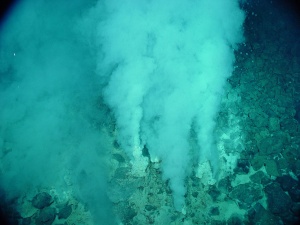A hydrothermal vent is a fissure on the seafloor from which geothermally heated water discharges. Hydrothermal vents are commonly found near volcanically active places, areas where tectonic plates are moving apart at spreading centers, ocean basins, and hotspots. Hydrothermal deposits are rocks and mineral ore deposits formed by the action of hydrothermal vents.
Hydrothermal vents exist because the earth is both geologically active and has large amounts of water on its surface and within its crust. Under the sea, hydrothermal vents may form features called black smokers or white smokers. Relative to the majority of the deep sea, the areas around submarine hydrothermal vents are biologically more productive, often hosting complex communities fueled by the chemicals dissolved in the vent fluids. Chemosynthetic bacteria and archaea form the base of the food chain, supporting diverse organisms, including giant tube worms, clams, limpets and shrimp. Active hydrothermal vents are thought to exist on Jupiter's moon Europa, and Saturn's moon Enceladus, and it is speculated that ancient hydrothermal vents once existed on Mars.
Hydrothermal vents in the deep ocean typically form along the mid-ocean ridges, such as the East Pacific Rise and the Mid-Atlantic Ridge. These are locations where two tectonic plates are diverging and new crust is being formed.
The water that issues from seafloor hydrothermal vents consists mostly of sea water drawn into the hydrothermal system close to the volcanic edifice through faults and porous sediments or volcanic strata, plus some magmatic water released by the upwelling magma. In terrestrial hydrothermal systems, the majority of water circulated within the fumarole and geyser systems is meteoric water plus ground water that has percolated down into the thermal system from the surface, but it also commonly contains some portion of metamorphic water, magmatic water, and sedimentary formational brine that is released by the magma. The proportion of each varies from location to location.
Source: Wikipedia contributors. "Hydrothermal vent." Wikipedia, The Free Encyclopedia. Wikipedia, The Free Encyclopedia, 25 Jun. 2021. Web. 28 Jun. 2021.


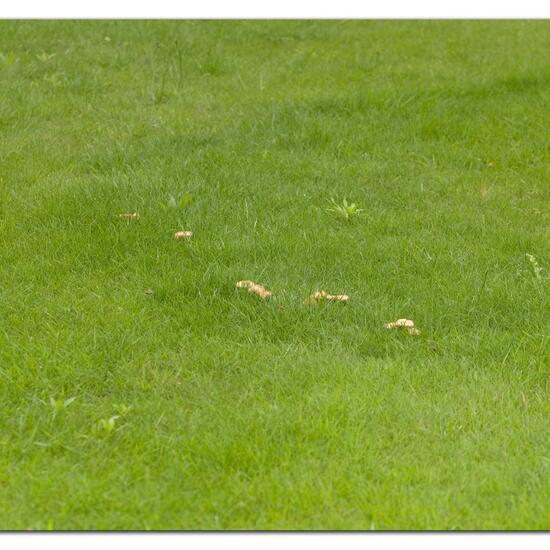 A discovery by Danny VG in habitat Garden on 28.06.2021. Marasmius oreades (Marasmius oreades) is a species of fungus.
A discovery by Danny VG in habitat Garden on 28.06.2021. Marasmius oreades (Marasmius oreades) is a species of fungus. 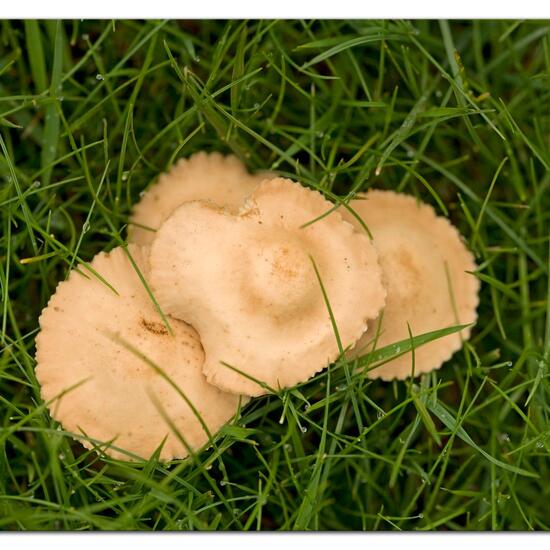 A discovery by Danny VG in habitat Garden on 28.06.2021. Marasmius oreades (Marasmius oreades) is a species of fungus.
A discovery by Danny VG in habitat Garden on 28.06.2021. Marasmius oreades (Marasmius oreades) is a species of fungus. 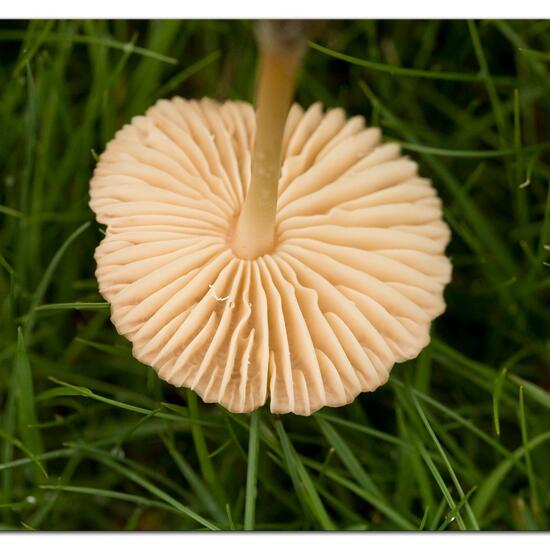 A discovery by Danny VG in habitat Garden on 28.06.2021. Marasmius oreades (Marasmius oreades) is a species of fungus.
A discovery by Danny VG in habitat Garden on 28.06.2021. Marasmius oreades (Marasmius oreades) is a species of fungus.  A discovery by Danny VG in habitat Garden on 28.06.2021. Marasmius oreades (Marasmius oreades) is a species of fungus.
A discovery by Danny VG in habitat Garden on 28.06.2021. Marasmius oreades (Marasmius oreades) is a species of fungus.  A discovery by Verein AKUPARA in habitat Road or Transportation on 28.06.2021. of another species.
A discovery by Verein AKUPARA in habitat Road or Transportation on 28.06.2021. of another species.  A discovery by Insectsvienna in habitat City and Urban on 28.06.2021. Rhaphigaster nebulosa (Rhaphigaster nebulosa) is a species of insect.
A discovery by Insectsvienna in habitat City and Urban on 28.06.2021. Rhaphigaster nebulosa (Rhaphigaster nebulosa) is a species of insect. 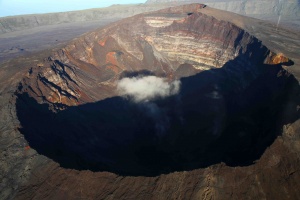
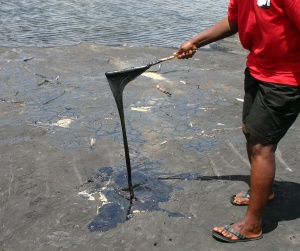
 "Alles ausgerissen(Baum ist übrigens auch tot)....." says OSWR in habitat Road or Transportation on 28.06.2021. Cirsium vulgare (Cirsium vulgare) is a species of plant.
"Alles ausgerissen(Baum ist übrigens auch tot)....." says OSWR in habitat Road or Transportation on 28.06.2021. Cirsium vulgare (Cirsium vulgare) is a species of plant. 